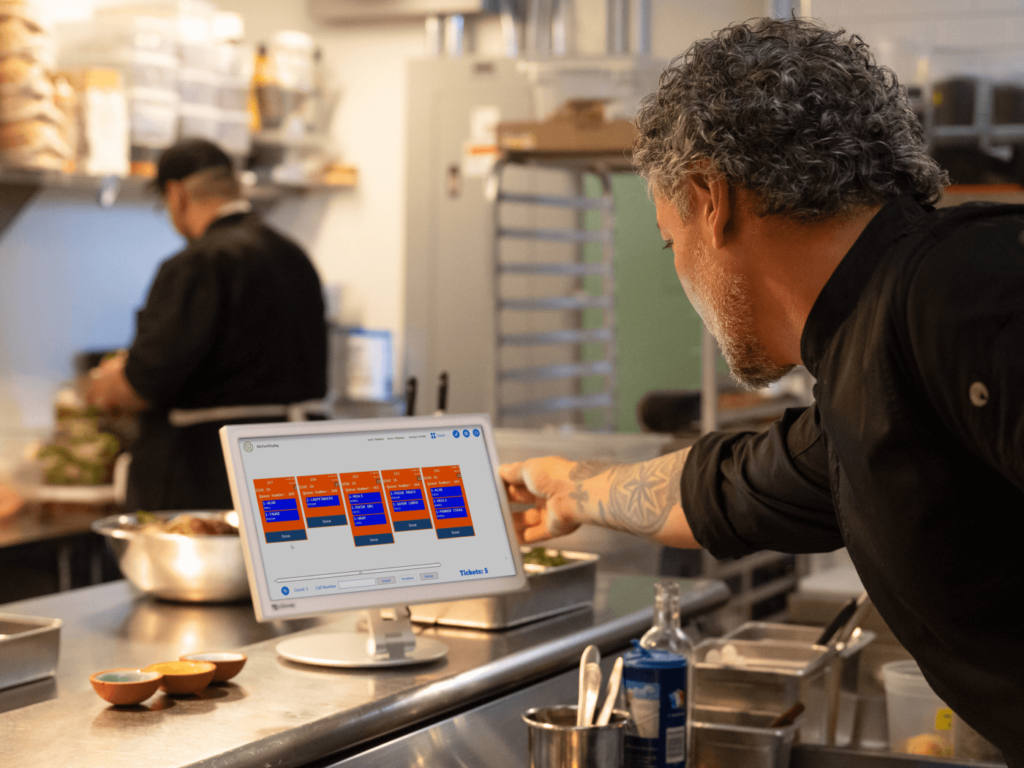In today’s fast-paced and technology-driven world, students expect to learn using modern tools that foster creativity, interaction, and individualized instruction. In response, educational institutions are turning to technology to create dynamic, engaging, and personalized learning environments that meet the needs of today’s students.
Company is at the forefront of the edtech revolution with its innovative approach to classroom technology. The company has created a suite of tools and resources that help educators incorporate technology into their classrooms, empowering them to provide their students with the best possible learning experience.
One of Company’s flagship products is an interactive whiteboard that transforms classrooms into collaborative and engaging spaces. With this tool, teachers can display and manipulate content in real-time, allowing students to actively participate in the learning process. For example, during a music class, students can use the interactive whiteboard to identify musical notes and create a collaborative composition that is available online.
Computers and tablets are other popular tools that Company recommends for use in the classroom. With these devices, students can access a wide range of educational resources, including videos, games, and interactive media. In a history class, for example, students can take virtual tours of historic sites and go on online scavenger hunts to learn about the Medici family’s cultural influence.
Another tool that Company]recommends for the classroom is virtual reality. With VR technology, students can explore new worlds, experience different cultures, and interact with subject matter in a whole new way. For example, students can take a virtual field trip to Ellis Island or explore the structure of a human cell through interactive activities.
Social media is another powerful tool that Company recommends for use in the classroom. By leveraging social media platforms like Facebook and Twitter, teachers can create groups, hashtags, and other opportunities for their students to interact with course material and each other. For example, English teachers can create a Facebook group where students can ask questions and comment on Shakespeare’s Macbeth as they read the play.
The benefits of integrating technology into the classroom are clear. With technology, teachers can create dynamic and interactive learning environments that foster engagement, excitement, and creativity. Additionally, technology enables students to access educational resources and collaborate with classmates in real-time, regardless of their location.
To help educators incorporate technology into their classrooms, Company provides a variety of training and support resources. Educators can participate in online courses, webinars, and training sessions to learn how to effectively incorporate technology into their teaching practices. Additionally, Company provides ongoing support to ensure that educators have the tools and resources they need to succeed.
Takeaway
In conclusion, the future of learning is technology-driven, and [Company] is at the forefront of this exciting revolution. By providing innovative tools, training, and support, Company is helping educators create dynamic and engaging learning environments that prepare students for success in the 21st century.









